Tamarind Paste comes from a sticky, sour, and dark fruit, which grows in the pod of the tamarind tree.
Many cuisines use tamarind paste for making candy and desserts.
However, the paste is widely used in Thai dishes for making savory meals.
For instance, the Classic Sauce of Pad Thai is made using this paste.
What are the best substitutes for Tamarind Paste? It would include pomegranate molasses, rice vinegar, Worcestershire sauce, mango chutney, lime juice, and brown sugar.
What is Tamarind Paste?

A Tamarind Paste consists of a fruit pulp that comes from the tamarind tree.
This fruit pulp can be eaten and is also used heavily in spice in Chinese, Latin America, Indian, and other Asian countries.
This paste is the primary component in popular sauces like the Pickapeppa, Worcestershire, and HP sauce.
Here, the tough green pulp is super acidic and tart in its earlier stage, making it useful for savory dishes.
On the other hand, the fruit is sweeter, with a hint of sourness in its ripened stage, making it usable in snacks, sweetened drinks, and desserts.
If you want the tamarind stock, you need to start soaking the pulp in boiling water for over 15 minutes.
After that, you can start stirring and straining to get the final product.
5 Best Substitutes for Tamarind Paste
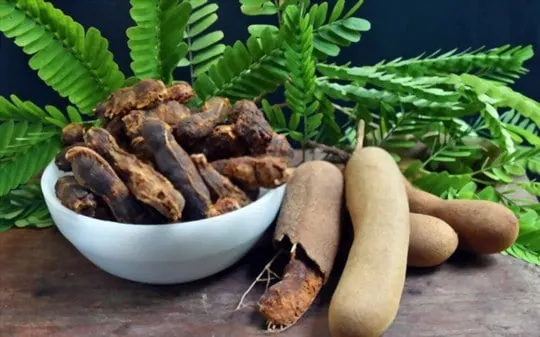
Now let us look at some of these alternatives for your tamarind paste:
1 – Pomegranate Molasses
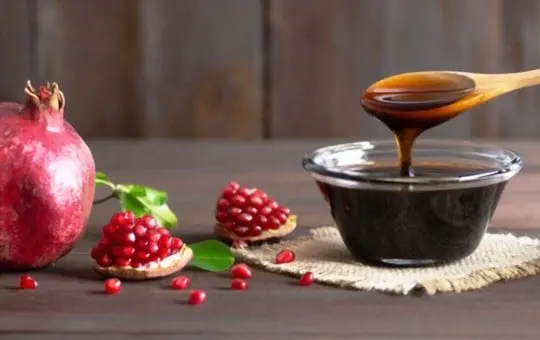
The perfect combo of sweet and sour can be found in Pomegranate Molasses.
It consists of a thick syrup that mimics the flavors of a tamarind paste, making it a great substitute.
If you aren’t familiar with this ingredient, you need to know that it isn’t the same as making gingerbread.
This ingredient is simply a reduction of the pomegranate juice.
It adds moisture to all your dishes, and its dark color is a plus point.
But you do have to go that extra mile to find or making this ingredient.
Why? Well, because it isn’t as common as other tamarind paste alternatives.
Substitute Ratio – You can use the same number of tablespoons as your tamarind paste.
2 – Rice Vinegar
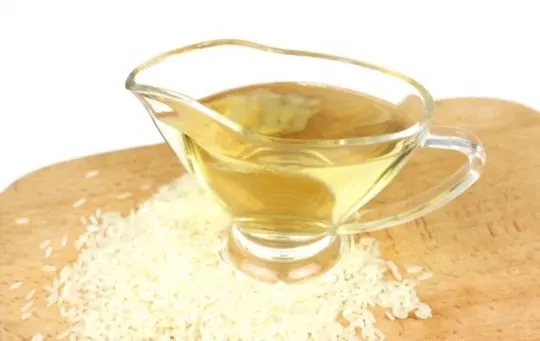
You can bring another substitute for your tamarind paste by combining brown sugar with rice vinegar or even white wine.
In this way, you will achieve a combination of sweet and sour.
But you can’t expect the same thickness and texture as the tamarind paste.
So, we would advise you to add cornstarch into the mix to achieve that consistency.
If the acidity level is too high, you can add more brown sugar to balance it out.
Substitute Ratio – Since you have used cornstarch as the thickening agent, you can use the same ratio as the required amount of tamarind paste in the recipe.
You can still stick with a 1:1 ratio if your sauce is a litter runnier without the cornstarch.
3 – Lime Juice & Brown Sugar

This substitute is easy to come up with since you can easily find these two ingredients in your pantry.
Here, the lime juice assists in mimicking both the sourness and tartness, which is the signature taste of tamarind paste.
The lime juice alone usually does the trick; however, you need the brown sugar to bring in that hint of sweetness.
But you need to ensure that your brown sugar is fully dissolved if you plan to use it in your salad dressing.
The last thing you would want in your salad is a grainy texture.
For creating this substitute, you need to combine equal amounts of lime juice and brown sugar.
Substitute Ratio – If the recipe asks for 1tsp of tamarind paste, you should do the same with your brown sugar and lime juice mixture.
4 – Mango Chutney
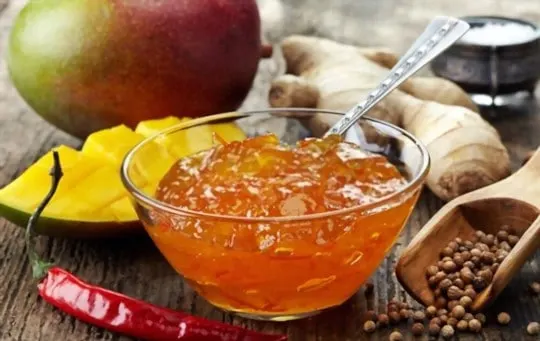
The flavor and consistency of mango chutney are quite similar to that of a tamarind paste.
The ingredients in mango chutney consist of tomato relish and ground peanut garnishing.
They work together to replicate that iconic sour taste from a tamarind paste.
But you need to realize that there are different brands of mango chutneys.
Here, some of them tend to be sweeter in comparison to others.
So, if you find the taste to be very sweet, you can choose to add citrus or lemon juice to balance everything out.
Substitute Ratio – You can use the exact tablespoon as the tamarind paste required in the recipe.
5 – Worcestershire Sauce

This sauce doesn’t have exotic flavors; however, there are brands of the Worcestershire Sauce where the tamarind paste is very much present.
It is responsible for giving that hint of tanginess that many people enjoy in their dishes.
However, you do have to be careful of the consistency since the sauce is thinner than paste.
But there won’t be that much difference since tamarind paste is always used in small quantities.
Also, you can easily find the Worcestershire sauce in your grocery shop.
Substitute Ratio – You can add a tsp of the sauce for a tsp of tamarind paste required in the recipe.
Conclusion
From sweet chutneys and carbonated drinks to tangy soups and juices, tamarind is heavily used for elevating the flavors.
Tamarind paste should always be stored in a dry and cool place, and you can even go to the point of refrigerating or freezing it.
Also, apart from the paste, you can even eat the seeds of the fruit as snacks.
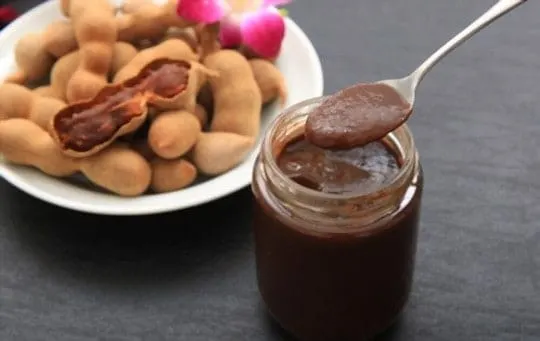
The 5 Best Substitutes for Tamarind Paste
Ingredients
- Pomegranate Molasses
- Rice Vinegar
- Lime Juice u0026 Brown Sugar
- Mango Chutney
- Worcestershire Sauce
Instructions
- Choose your preferred substitute from the list of options.
- Organize all of your ingredients.
- Follow the substitution ratio to determine how much is required in your recipe.
